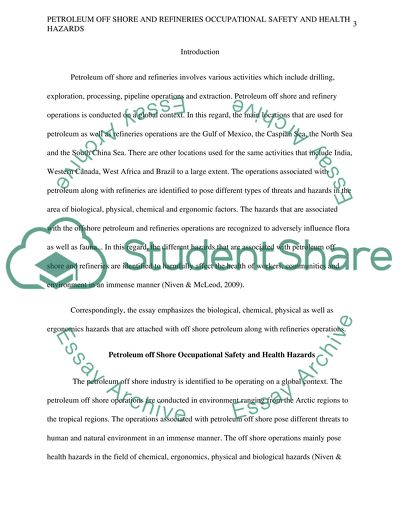Cite this document
(“Petroleum off shore and refineries occupational safety and health Essay”, n.d.)
Petroleum off shore and refineries occupational safety and health Essay. Retrieved from https://studentshare.org/environmental-studies/1630122-petroleum-off-shore-and-refineries-occupational-safety-and-health-hazards
Petroleum off shore and refineries occupational safety and health Essay. Retrieved from https://studentshare.org/environmental-studies/1630122-petroleum-off-shore-and-refineries-occupational-safety-and-health-hazards
(Petroleum off Shore and Refineries Occupational Safety and Health Essay)
Petroleum off Shore and Refineries Occupational Safety and Health Essay. https://studentshare.org/environmental-studies/1630122-petroleum-off-shore-and-refineries-occupational-safety-and-health-hazards.
Petroleum off Shore and Refineries Occupational Safety and Health Essay. https://studentshare.org/environmental-studies/1630122-petroleum-off-shore-and-refineries-occupational-safety-and-health-hazards.
“Petroleum off Shore and Refineries Occupational Safety and Health Essay”, n.d. https://studentshare.org/environmental-studies/1630122-petroleum-off-shore-and-refineries-occupational-safety-and-health-hazards.


